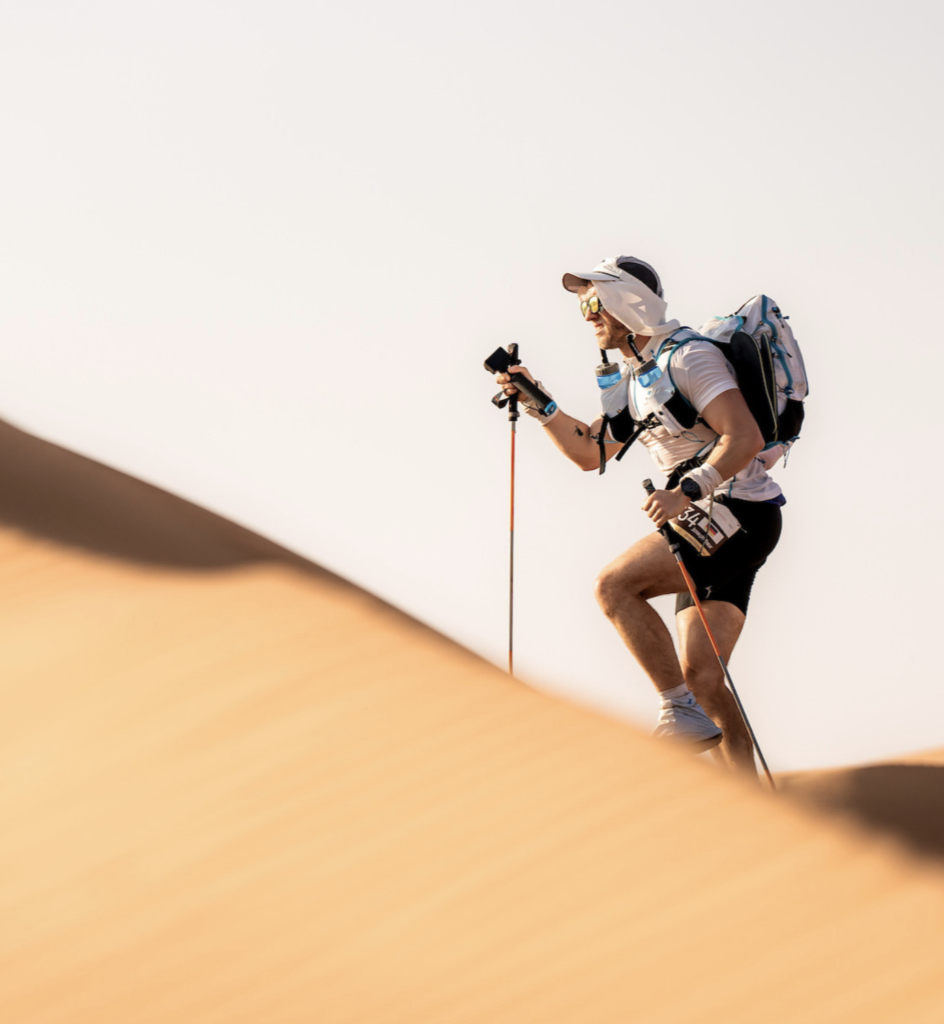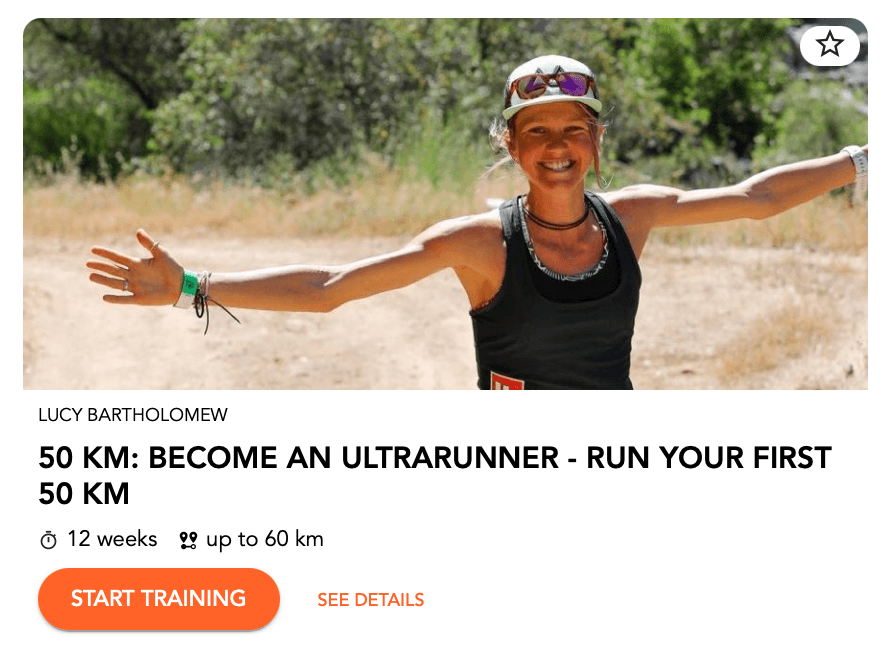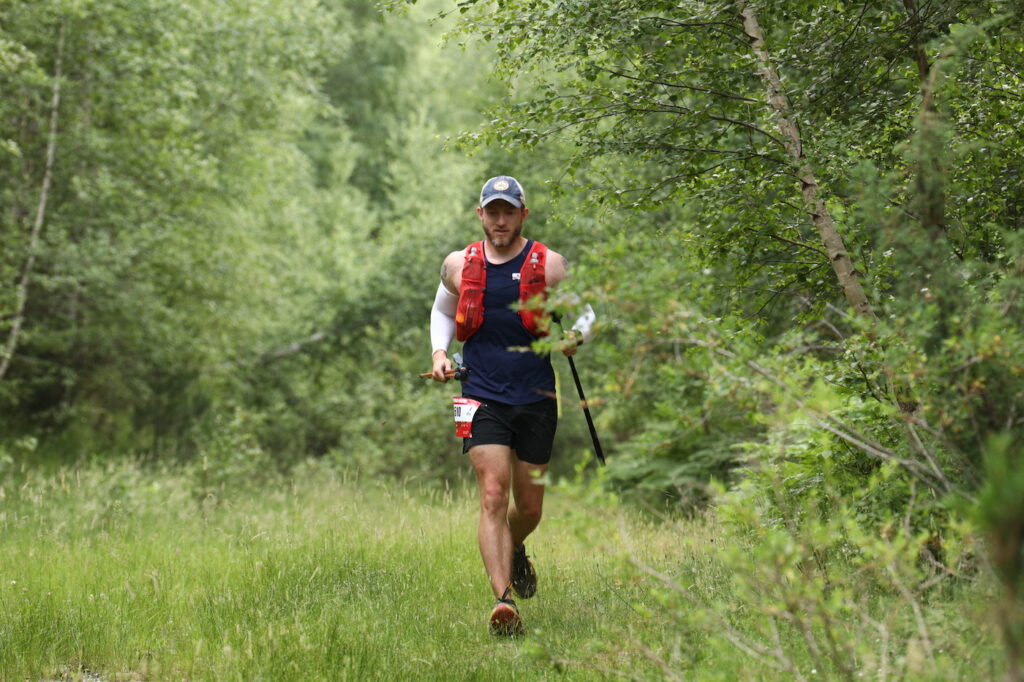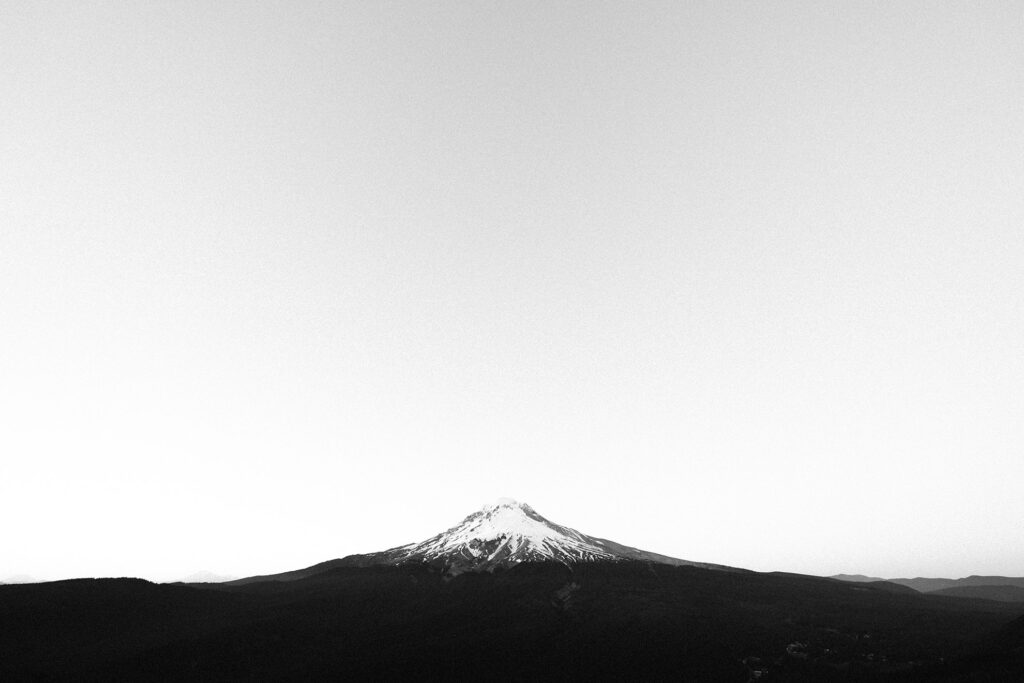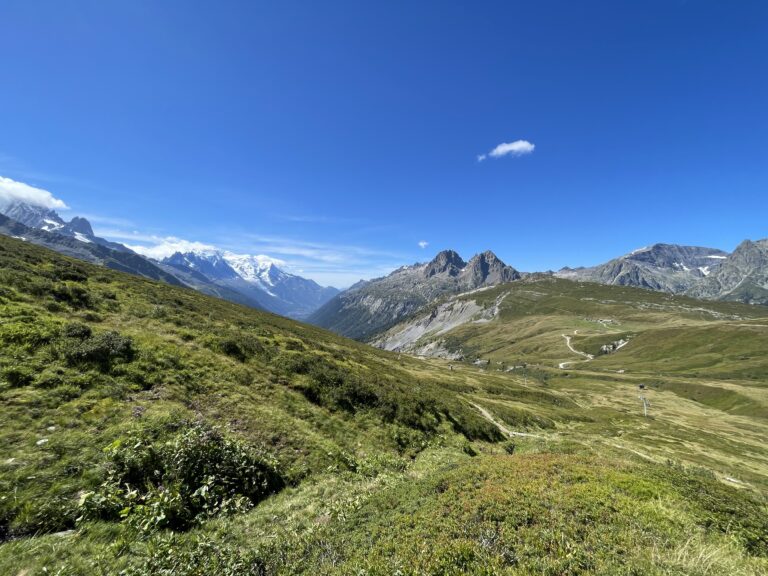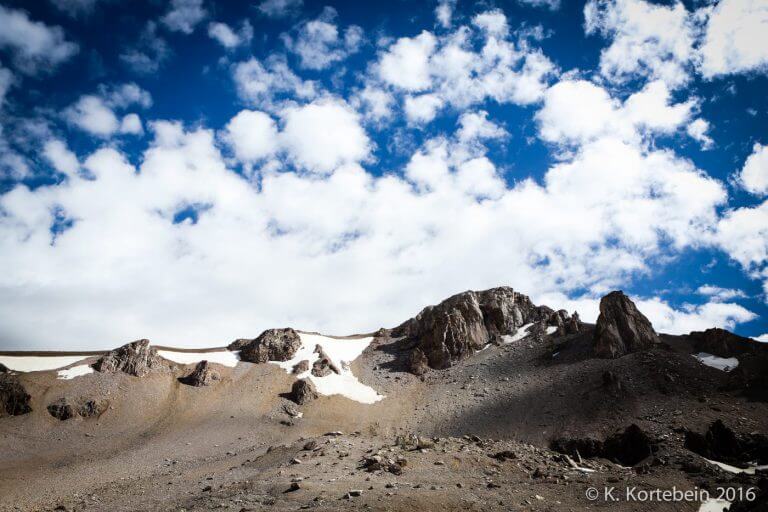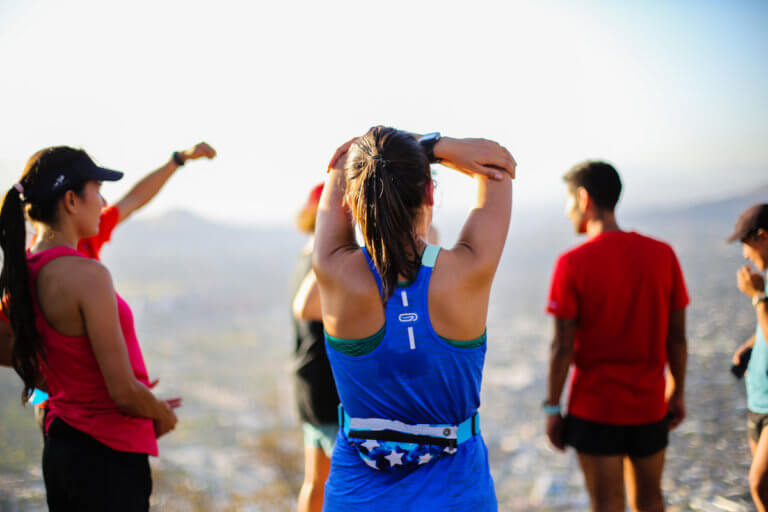Heat Training for Runners: What Works, What Doesn’t, and How to Do It Right
Vert.run coaches on the science, the hype, and exactly how to apply it—safely.
Why everyone’s suddenly talking about heat training
Heat training running is having a moment. This summer, it’s everywhere: sauna selfies, layered-up runs, and a lot of “do-this-for-free-fitness” claims. The attention isn’t random—the hype grows every season, especially after hot races like Western States. Many runners are now asking how to use heat as a real performance tool, not just something to show off on social media. At Vert.run, our coaches have been testing heat strategies for years—on ourselves and with athletes at every level. Below is the playbook we actually use: practical, research-backed, and designed to slot into real training without wrecking your legs or your recovery.
At Vert.run, we’ve been testing heat strategies for years—on ourselves and with athletes at every level. Below is the playbook we actually use: practical, research-aware, and designed to slot into real training without wrecking your legs or your recovery.
Heat training in 30 seconds
What it is: Deliberate exposure to heat—via environment or add-ons—to trigger adaptations like increased plasma volume, improved sweat response (earlier onset, higher rate, more dilute), and more efficient skin blood flow.
Why we use it: These changes lower cardiovascular strain in the heat and can offer a small aerobic boost even in cooler races. The kicker: you can earn most of the benefit in ~10–20 days, which makes timing everything.
“Heat training isn’t just about surviving the sun—it’s about preparing your body to handle the compounding stress of heat and effort. Consistent, gradual exposure builds the ability to sweat efficiently, pace wisely, and keep your mind sharp when the temperature soars. The right preparation turns oppressive heat from a threat into just another challenge you’re ready for. On a practical note, my advice is to always bring more liquids (water/electrolytes) than you think you’ll need on a training run or between aid stations at a race.”
— Coach Steve, Vert.run
Train smarter for only $19/month with VertPro—unlock unlimited adaptive plans, daily advice, and progress tracking! 📊🔥
Methods we actually recommend (and how to do them)
Active heat training
1) Short, easy overdressed runs
- When: 2–3×/week during your heat block.
- How: Easy run (25–45 min) with extra layers (windbreaker, jackets). Same effect on a bike/trainer if you want less impact.
- Goal: Elevate core temp with minimal mechanical stress.
- Effort: You can go by RPE, but if you have a HR monitor, use it—heat can skew perceived effort, so HR helps you spot when you’re pushing too hard.
- Stop if: HR jumps unusually, or you feel dizzy, chilled, or get goosebumps in the heat.
- Note: This is a heat stimulus, not a dehydration challenge.
2) Real-world heat.
- When: 2–3×/week during your heat block, ideally on easy/recovery days.
- How: Train outdoors in hot conditions, but keep intensity very easy and cap the duration. Protect key workouts (tempos, intervals, structured long runs) by doing them in cooler temps so you can hit your targets.
- Goal: Same—elevate core temp without wrecking your main sessions.
- Effort: RPE works, but if you have a HR monitor, use it—heat can make effort feel deceptive, and HR will flag unusual spikes.
- Stop if: Same cues—unusual HR spike, dizziness, chills, or goosebumps.
- Note: Hydrate normally—this isn’t about chasing dehydration.
“I often train in Australia’s late-afternoon heat. Alongside smart apparel choices and staying hydrated, the key for me is slowing my pace and seeking shade whenever possible. I’ll schedule shorter sessions on those days; for long runs in the heat, I like a simple sodium/electrolyte top-up—SaltStick Fastchews work well for me.”
— Coach Adam, Vert.run
Passive heat training
3) Sauna as a post-run add-on
- When: After an easy run, 2–4×/week in your heat block.
- How: Start with 8–12 min; progress gradually to 15–25 min as tolerated. Sip water if needed—the goal is heat exposure, not maximal dehydration.
- Why post-run: You add heat stress without extra pounding.
4) Hot bath protocol (no sauna? do this)
- When: After an easy run, 2–4×/week.
- How: 10–20 min in ~40–41 °C water; keep head/neck cool if you struggle with heat.
- Tip: Cool down gradually afterward.
“I like to start with passive heat first. If you can jump in the sauna 2–3×/week, I definitely recommend it (post-run hot baths help too). It’s a solid intro to heat training without compromising session quality. Once you’re acclimatized, the sauna can even be a relaxing add-on.”
— Coach Max, Vert.run
Want to become an Ultrarunner? We've got the perfect training plan for you!
Passive vs. Active Heat — Which to Choose?
Active heat (layers, real-world heat) builds both heat tolerance and some aerobic fitness, but it also adds training stress. It’s best if you’re healthy, in a solid block, and confident your recovery can handle the extra load. Use it to mimic race conditions or if you need the mechanical stimulus too.
Passive heat (sauna, hot bath) delivers the heat stimulus without extra pounding—perfect if you’re nursing a niggle, already stacking big mileage, or want to keep your key sessions sharp. It’s also easier to control duration and intensity.
If you’re doing heat training for the first time, start with passive sessions for a couple of weeks to see how your body responds. Once you’re comfortable, layer in active heat if needed.
Mix if necessary, but don’t overload—2–4 heat exposures per week total is enough for most athletes.
What to expect from adaptation (and how to track it)
- Physiology: ↑ plasma volume, earlier/more efficient sweating, ↓ HR at a given easy pace, improved heat tolerance.
- Subjective cues: Easy runs feel “less hot” at the same pace, you start sweating sooner (and more), and you recover faster after easy sessions.
Simple tracking: Note easy-run HR at a stable pace/route, perceived exertion, and how quickly you “cool back down” post-session.
“I live in Panama, so I’m always heat training. If you live somewhere hot, gear choice is critical—very breathable, quick-dry tops and shorts/tights, plus heat-appropriate socks. On top of that, I make sure to slow my effort when needed. Not every day is the same—don’t force a set pace when you’re not feeling it. We’re aiming for adaptations, so knowing yourself is critical.”
— Coach Manu, Vert.run
Timing: When to Add Heat (and When to Skip It)
- Sweet spot: 10–20 days of focused exposure, finishing 3–5 days before race day to keep benefits while shedding fatigue.
- Heat training doesn’t have to be limited to pre-race—once you’re adapted, 1–2 sessions per week can maintain a solid base of heat tolerance year-round.
- Don’t stack heat onto your hardest sessions. If your long run or tempo is key, protect the quality: add heat afterward (sauna/bath) or on a separate easy day.
Skip heat if you’re injured, sleep-deprived, or your recovery is trending down. Train the athlete you are this week, not the one you wish you were.
Maintenance & decay (useful for long build-ups)
- Most gains arrive within ~15–20 days.
- If race day is farther out, you can maintain with 1–2 short exposures/week (e.g., brief post-run sauna) until you start your final 10–14 day block.
If you stop completely, expect a gradual fade over ~1–2 weeks; refreshers reacclimate you faster than starting from zero.
The 3-Week Vert.run Heat Block (plug-and-play)
Who it’s for: Athletes with consistent base training and no current illness/injury.
Intensity guardrail: All heat work stays easy. Quality sessions stay protected. If time is tight, keep the quality, trim the heat.
Week 1
- Mon: Easy 30–45 min run + sauna 10–20 min
- Wed: Easy 40–50 min overdressed with light layers
- Fri: Easy 30–45 min run + hot bath 10–15 min
- Sat/Sun: Long run not in peak heat; optional short post-run sauna 8–10 min if you handled the week well
Week 2
- Mon: Easy 40–50 min + sauna 10–20 min
- Wed: Easy 40–50 min overdressed or hot bath 15–20 min
- Fri: Easy 30–40 min + sauna 15–25 min
- Sat/Sun: Normal long run; no heavy heat if race is ≤7 days away
Taper (final 6–5 days): Remove heat or reduce to very short, comfortable exposures so you arrive fresh.
Train smarter for only $19/month with VertPro—unlock unlimited adaptive plans, daily advice, and progress tracking! 📊🔥
Red flags & hard stops (non-negotiable safety)
- Headache, dizziness, chills, nausea, confusion, a sudden HR spike, or stop sweating → stop immediately, cool down, and recover.
- No solo “sauna marathons”—short, progressive exposures only.
If you’re sick or overheated already, skip the session.
Athlete questions we hear a lot (and our answers)
“Should I drink in the sauna?”
Yes—sip as needed. The goal is controlled heat exposure, not dehydration.
“How long until I feel benefits?”
Many athletes notice changes within ~2 weeks: lower perceived effort in heat, earlier/stronger sweating, and lower HR at easy pace.
“Can heat training help even if my race is cool?”
Yes. Plasma-volume expansion and cardiovascular efficiency can offer a small aerobic bump in cool conditions. Still, time the block close to your event and don’t sacrifice quality work.
“Is overdressing on hard workouts a good idea?”
No. Keep heat to easy sessions. Protect neuromuscular quality and mechanics on interval/tempo days.
“Sauna before or after a run?”
After. Post-run heat adds the stimulus without compromising the session or increasing injury risk from overheating.
“Hot bath vs. sauna—which is better?”
Both work. Sauna is convenient and controllable; hot baths are a great at-home alternative. Choose what you can repeat consistently.
“What about humidity vs. dry heat?”
Humidity limits sweat evaporation, so sessions can feel harder at lower temps. Shorten exposures and monitor HR/perceived effort more closely in humid conditions.
“Can I stack heat with strength training?”
Avoid adding heat to heavy lifting days. If you want both, lift first, then very short heat exposure—only if recovery is trending green.
“Should I sleep hotter to adapt faster?”
No. Prioritize sleep quality. Heat training should never reduce sleep—poor sleep erases gains.
“How do I know it’s working?”
Track: easy-pace HR trends, earlier sweat onset, faster post-session cool-down, and lower perceived exertion on similar routes/conditions.
“How often should I maintain heat adaptations?”
Between build and race, 1–2 short exposures/week (e.g., brief post-run sauna) can maintain much of the effect until your final 10–14 day block.
“Any medical caveats?”
If you take medications that affect thermoregulation or have heat-sensitive conditions, get medical clearance. When in doubt, start with shorter exposures and progress slowly.
Quick-start checklist (tear-off & save)
- Pick a 15–20 day window two weeks before your hot race.
- Use post-run sauna or hot baths 2–4×/week; keep overdressed runs very easy.
- Don’t chase dehydration; focus on heat exposure and safe progression.
- Keep key workouts protected—never stack heat onto your hardest days.
- Watch for red flags; stopping early is smart.
Stop heat in the last 3–6 days before race day.
“Heat adaptation is very important for trail runners—especially if you’re racing in warm places or acclimatizing for summer events. I focus on three things:
1) Gradual exposure. Start with shorter, easy sessions in the heat and increase time slowly. There’s no need to do intensity work in the heat, especially at the beginning.
2) Practice your strategy. Test your race-day fueling in the heat. What works in cool weather often fails when temperatures rise.
3) Timing & safety. Early in the season you can schedule some midday sessions to prep for summer. Always listen to your body—signs of heat stress (dizziness, nausea, unusual fatigue) mean stop immediately. It’s better to end a session early than risk heat illness.
Remember: heat training isn’t just about tolerating temperature—it improves blood volume, sweat efficiency, and overall thermoregulation.”
— Coach Nico, Vert.run
Final coaches’ note
Heat training is a tool, not a badge. Used well, it widens your aerobic lane, makes hot race days safer, and can give you a small but meaningful edge even when it’s cool at the start line. Used poorly, it just digs a hole. Start small, stay consistent, and let the adaptations come to you.
Train smarter for only $19/month with VertPro—unlock unlimited adaptive plans, daily advice, and progress tracking! 📊🔥

